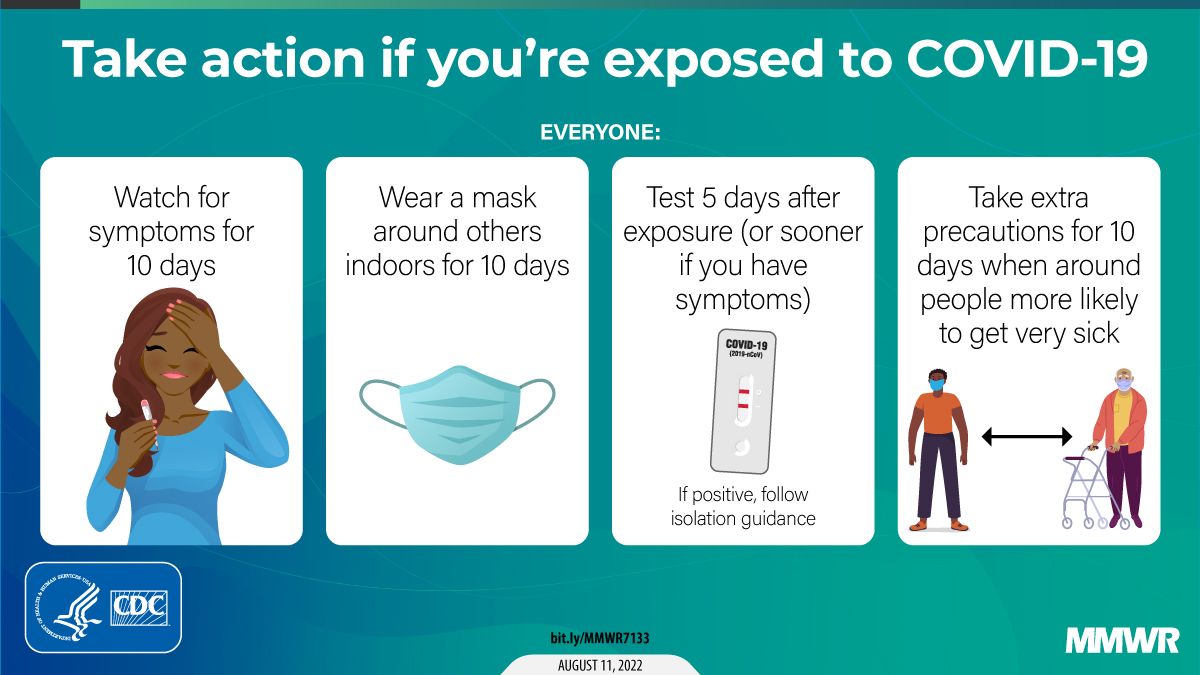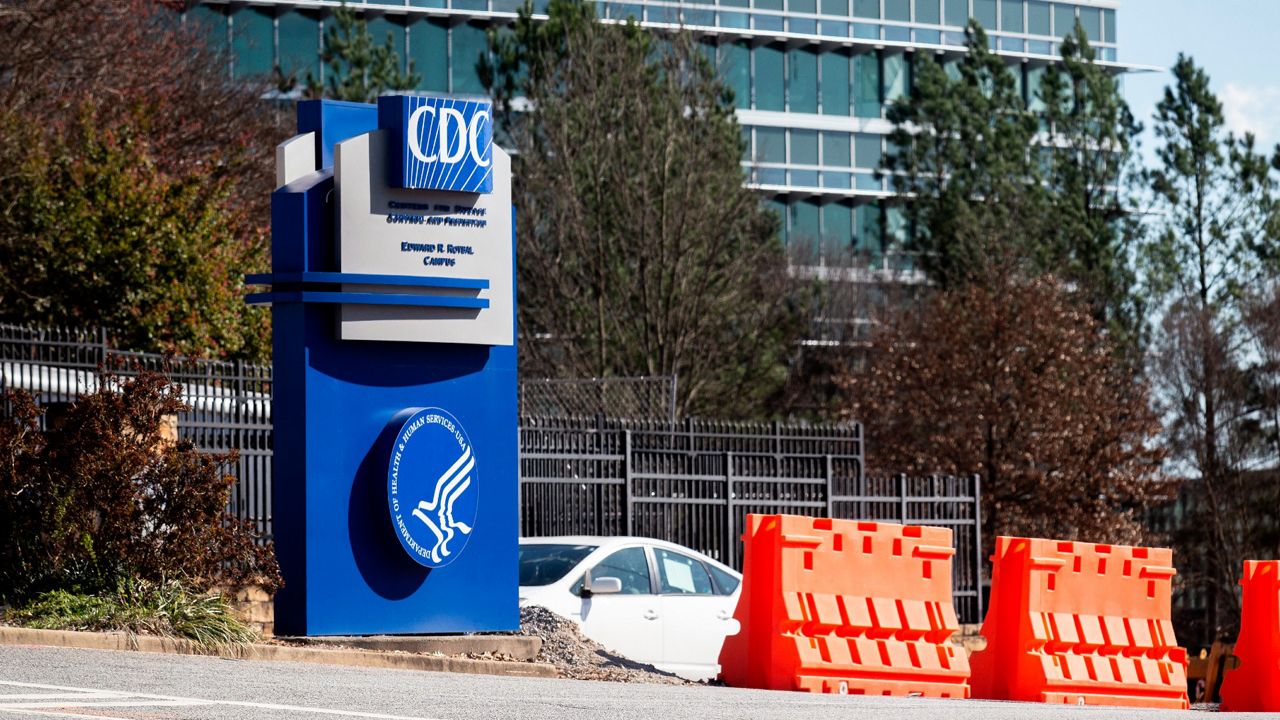The Centers for Disease Control and Prevention on Thursday streamlined its COVID-19 guidance in an attempt to make it easier for people to know what to do if they’re exposed or test positive for the virus.
What You Need To Know
- The Centers for Disease Control and Prevention on Thursday streamlined its COVID-19 guidance in an attempt to make it easier for people to know what to do if they’re exposed or test positive for the virus
- The agency also updated its guidance for people who are not up to date on their vaccines and are exposed to COVID-19. They are no longer advised to quarantine at home for at least five full days
- The CDC also posted several graphics explaining its various recommendations, including what someone should do if they test positive for COVID-19, how to learn more about someone’s risk for serious illness and how to help prevent severe cases
- The health agency emphasized that people should continue to determine their risks, including by checking infection levels in their communities on the agency’s website
The agency also updated its guidance for people who are not up to date on their vaccines and are exposed to COVID-19. They are no longer advised to quarantine at home for at least five full days.
Instead, the CDC recommends they take the same steps as someone who is fully vaccinated and exposed: Watch for symptoms for 10 days, wear a high-quality mask when around others indoors for 10 days, test after five days (or sooner if experiencing symptoms) and take extra precautions when around people who are more likely to get very sick if infected.
The CDC, however, stressed that it still recommends people be vaccinated and boosted.
“Protection provided by the current vaccine against symptomatic infection and transmission is less than that against severe disease and diminishes over time, especially against the currently circulating variants,” the agency said in a news release. “For this reason, it is important to stay up to date, especially as new vaccines become available.”
The CDC, which has at times during the pandemic been criticized for providing ambiguous guidance, also posted several graphics explaining its various recommendations, including what someone should do if they test positive for COVID-19, how to learn more about someone’s risk for serious illness and how to help prevent severe cases.

“We’re in a stronger place today as a nation, with more tools—like vaccination, boosters, and treatments—to protect ourselves, and our communities, from severe illness from COVID-19,” said Greta Massetti, chief of the CDC’s field epidemiology and prevention branch. “We also have a better understanding of how to protect people from being exposed to the virus, like wearing high-quality masks, testing, and improved ventilation. This guidance acknowledges that the pandemic is not over, but also helps us move to a point where COVID-19 no longer severely disrupts our daily lives.”
Anyone who tests positive is advised to stay home and isolate from others for five days. People at high risk for severe illness should speak to their doctor about treatment.
If the patient never had symptoms or had symptoms that have improved and does not have a fever, they may end their isolation starting on Day 6 but are still asked to wear a mask through the 10th day unless they’ve had two negative antigen tests.
The CDC emphasized that people should continue to determine their risks, including by checking infection levels in their communities on the agency’s website.
The CDC also said Thursday it is no longer recommending that asymptomatic people without known exposures be screened in most community settings.
The latest seven-day average for new daily COVID-19 infections is 107,077, although that is believed to be a vast undercount due to at-home tests that are not reported to health agencies and fewer states providing updates. About 400 Americans a day are dying of the virus, which has claimed more than 1 million lives in the U.S. over the course of the pandemic.



